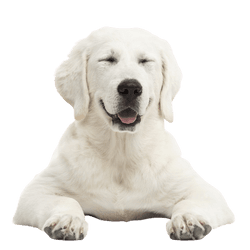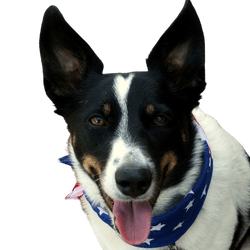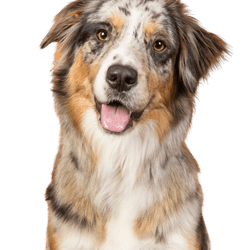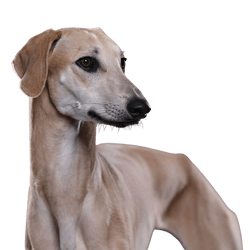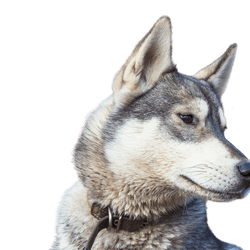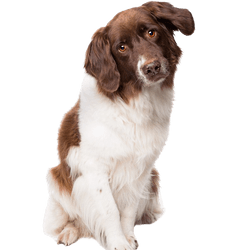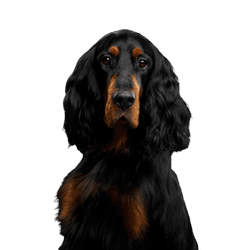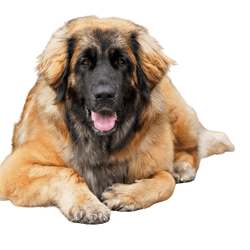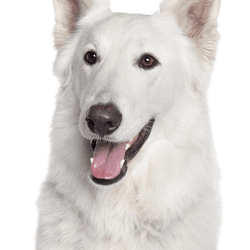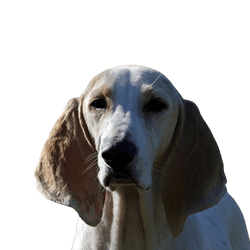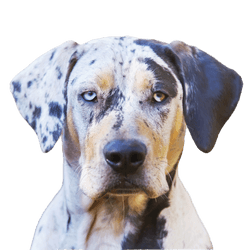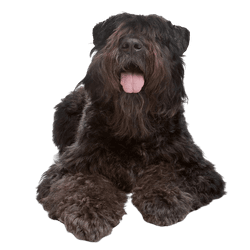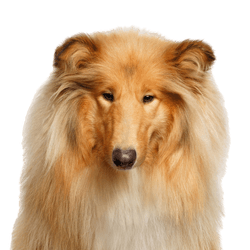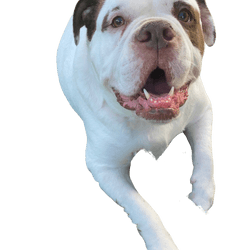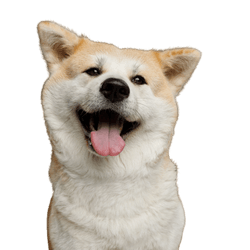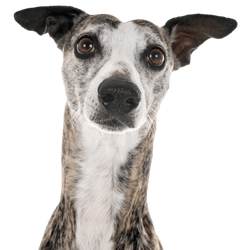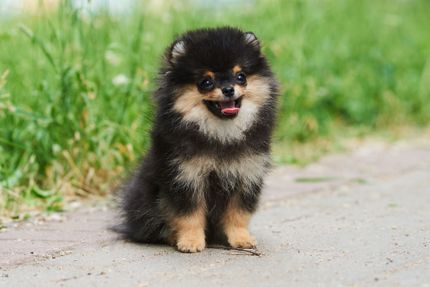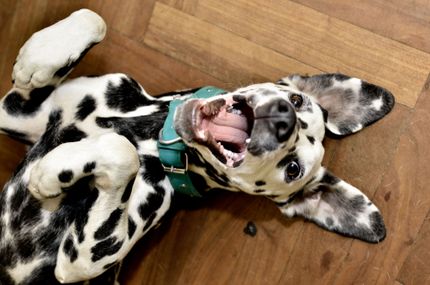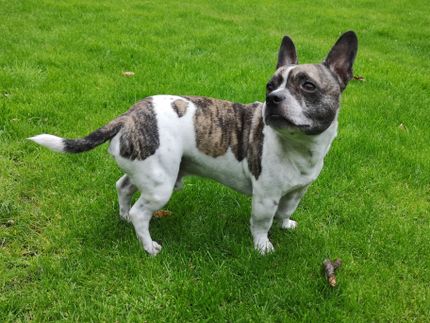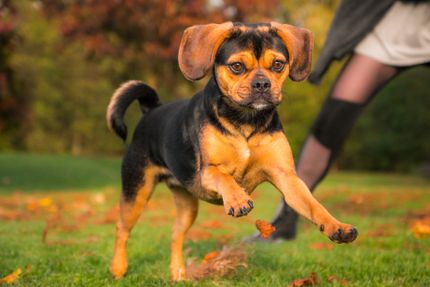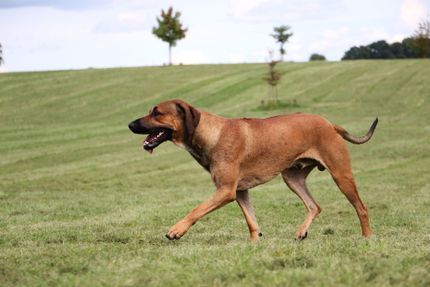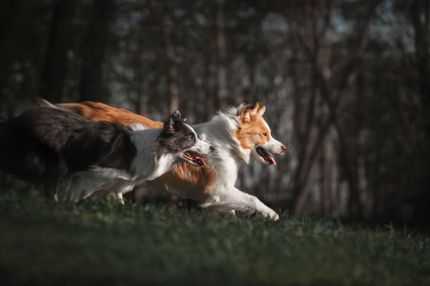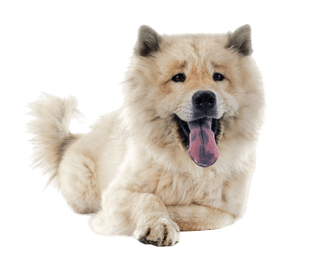
Eurasier Breed description: Character & Co
Eurasier
Facts & Origin
What is the origin of Eurasier?
The Eurasier goes back to the famous Austrian zoologist Konrad Lorenz, who even received the Nobel Prize for Medicine. He had conducted studies with a Chow-Chow shepherd crossbreed. Inspired by his research, Julius Wipfel from Weinheim decided to breed his own dog breed together with other lovers of Nordic dogs. The breeding goal was a friendly animal suitable for families, which was similar to a polar dog in appearance. Around 1960 he mated Keeshond (Wolfsspitz) bitches with Chow-Chow males, later the breed Samoyed, which originates in Siberia, was added. In 1973 the dog was finally recognised by the international dog association FCI.
What are the breed characteristics of Eurasiers?
The Eurasier always radiates calmness and combines the positive characteristics of its ancestors: From the Chow-Chow it inherited its distinctive temperament, from the Keeshond its protective instinct and the Samoyed's hunting instinct. As the Eurasier is closely bonded with its owners, it feels uncomfortable with strangers. Therefore, if possible, you should take them on holiday with you. Additionally, the Eurasier adapts to your lifestyle without any problems. It feels comfortable in an apartment as well as in a house in the countryside, provided that you offer it daily exercise.
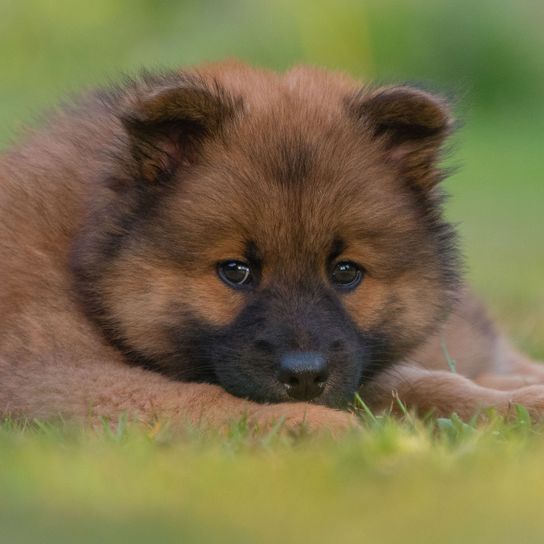
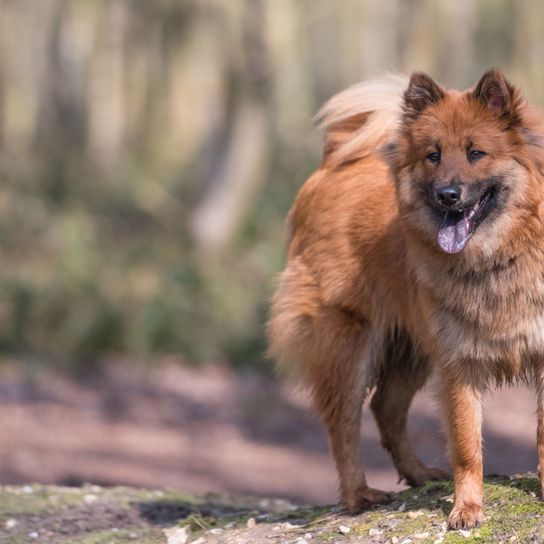
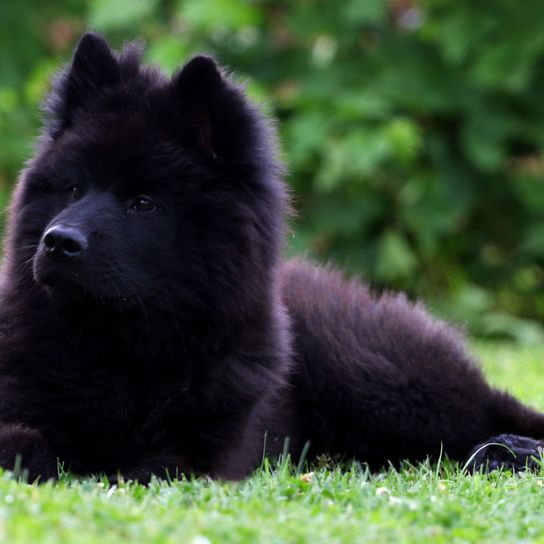
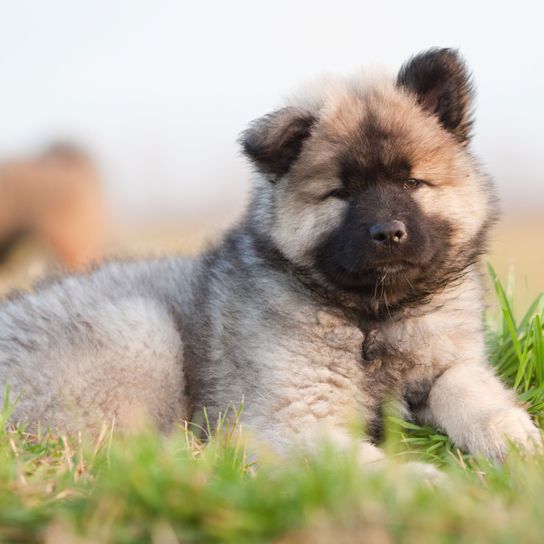
| Alternate Name | Wolf-Cho |
| Origin | Germany |
| Life expectancy | 13 - 15 years |
| Care requirements | high-maintenance |
| Activity level | average |
| FCI group | Asian Spitz and related breeds |
| AKC group | Foundation Stock Service |
| KC group | utility group |
Attitude, character and temperament of the breed
What are typical character traits of Eurasiers?
The Eurasier loves to spend time with its humans. It is always friendly and makes for a loyal and patient playmate for children. As he does not make many demands in regards to its keeping, it is also an affectionate companion for elderly people. They don't necessarily need to use up all of their energy every day, but will also be happy to accompany you on leisurely walks. Their hunting instinct is easy to control, so the Eurasier may also - where permitted - run without a leash. With a puppy, pay attention to consistent leadership from the very beginning: The Eurasier has its own mind and needs clear rules to go by. With positive reinforcement you will achieve the best results with them. The breed is also quite tolerable towards other dogs: Dominant behaviour or even aggressiveness are foreign to them.
Character
Usage

Health and breeding information
What are typical diseases of Eurasiers?
Compared to other breeds, the Eurasier is robust and rarely develops hereditary diseases. Some health problems that occur in rare cases can be
- hip dysplasia
- Patella Luxations
- adhesions of the eyelid
- Thyroid problems
Especially with young dogs you should pay close attention to their diet. The amount of food depends on the age and the degree of activity. As a guideline, breeders give a total amount of food of two to three percent of the dog's body weight. It is better to stick to this, as overweight leads to irreparable damage to the joints.
What should be considered when breeding Eurasiers?
Especially in the early days of Eurasier breeding, inbreeding occurred regularly. Animals from this strain sometimes tend to develop hereditary diseases. Therefore, it pays off if you ask the breeder to show you the pedigree of the puppy of your choice. You should also take a close look at the mother and father animals. Litter reports are published by the Eurasier Club Austria, among others.


Appearance and coat of the Eurasier
Typical for the Eurasier is its dense, medium-long coat. On their tail as well as on the back of their front and hind legs, their fur is considerably longer. On their face and ears, however, the four-legged friend has a short coat. According to the breed standard, almost all colours are permitted. Among other things, it can be completely black, but also grey or beige shades are possible. Only white, spotted white and liver-coloured coats are undesirable according to breeding regulations. If you want to buy a very special Eurasier, Eurasiers in the colour Agouti will be the right choice. Agouti means the washed-out coat pattern, just like wolves have. The dense undercoat under the top coat protects the animals from any weather condition. Despite their thick coat, the Eurasier is considered an easy-to-care-for breed: As the coat is dirt-repellent, regular brushing is sufficient. In order to avoid that your furniture and clothes are covered with hairs twice a year, it is recommended to groom your Eurasier daily. The tongue of the Eurasier is also exceptional. Similar to the Chow-Chow, it can be blue, two-coloured or flesh-coloured.
What is the average size of a Eurasier?
Eurasier bitches reach a height of 48 to 56 centimetres, in males this is 50 to 60 centimetres.
How much does a Eurasier weigh?
An adult Eurasier male weighs between 23 and 32 kilograms, bitches weigh between 18 and 26 kilograms.
What is the average age of a Eurasier?
A Eurasier can reach an age of 12 to 14 years.
| Fur length | long |
| Fur | flat coated |
| Ear shape | Standing Ears |
| Tail | fanned out |
| Anatomy | rugged, square |
| Size ♀ | 48 - 56 cm |
| Weight ♀ | 23 - 32 kg |
| Size ♂ | 52 - 60 cm |
| Weight ♂ | 18 - 26 kg |
| Suitable For | Children |
Colors


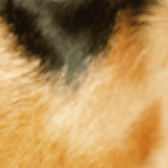
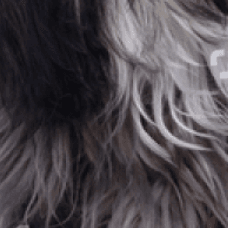
Known Diseases
Hip dysplasia (HD)
The hip dysplasia or hip joint dysplasia of the dog (HD) is a maldevelopment of the hip joint.
FAQ
-
No. A Eurasier is not a beginner dog and should only be in experienced hands. He needs a lot of consistency.
-
A Eurasier needs average exercise.
-
A Eurasier costs about 1400 Euro.
-
Yes, Eurasiers are very training intensive and need a lot of education.
Other large dogs
Useful Articles
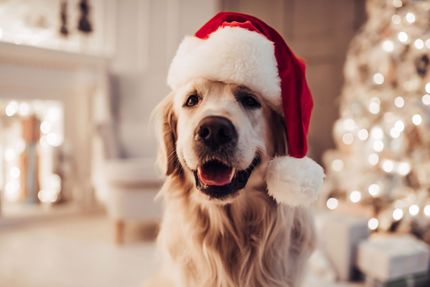
You can find articles that might interest you in the dogbible blog to match your favorite breed.
Visit our magazineto stay up to date on dog trends.
To find out more, view our Privacy Policy
Find here the breed that suits you and find out what character traits it has. Here you can also learn more about the origin, size and weight of your favorite breeds.
Matching your favorite breed, you'll find articles that might interest you on the dogbible dog blog.
Lyme disease in dogs - symptoms & treatment and why its so dangerous
Alopecia in dogs - causes, symptoms, diagnosis, prevention and treatment.
